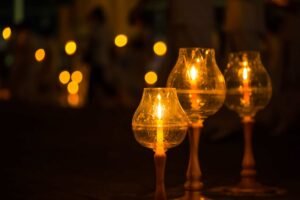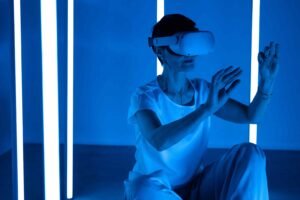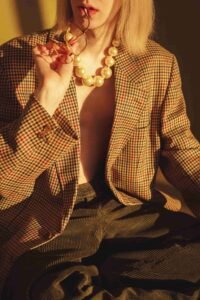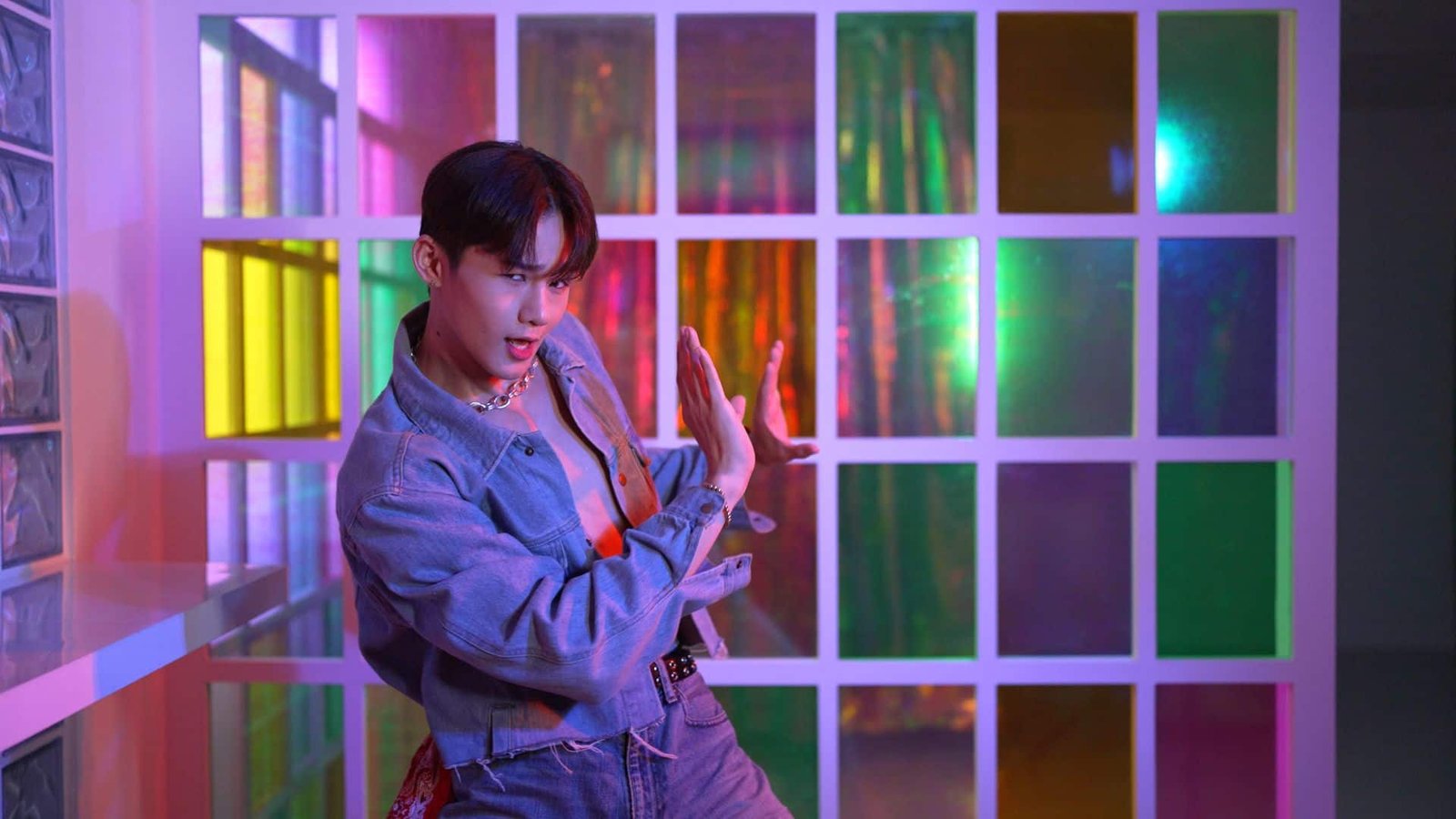Lighting in product photography is all about finding that sweet spot. Not just how bright your lights are but also the light color temperature for product photography.
Think of just trying to photograph that cool shiny gadget or an exquisite piece of fabric, and if the color temperature is not correct, it will make the colors of your product unnatural or wrong.
But what is light color temperature, and how does it relate to your product photography?
In this post, we’ll show you all you need to know about light color temperature to measure it and how to apply it to create attractive product images that sell.
What is Light Color Temperature?
The light color temperature for product photography refers to the actual color of the white light coming from any given source. It is measured in Kelvin, K, temperature. Ranging from warm colors at about 1,000 K to cool, blueish colors at about 6,500 K daylight lighting temperatures differ in effect on how your products appear to be shot.
Warm light: It usually means low Kelvin temperatures, in the range of 1,000K – 3,000 K. It is soft, yellowish, or orange in color and imparts well in creating warm, fuzzy, and inviting photos.

Cool Light: 5,000K – 6,500K cool light projects a slight blue tint into your photo and should be great for clear, sharp images, particularly if it is a tech product or any other product that requires neutral lighting.

Whether daylight or lamps, the color temperature of the light needs to be known in advance so that you can gain better control over how your product looks to a potential buyer.
Why Light Color Temperature Matters in Product Photography
In product photography, you want to capture the most realistic version of your product. This is where the color light color temperature for product photography plays an important role. If the temperature is too warm or too cool, it could alter the real colors of your product.
For instance, fashion photography requires warm, natural light that makes fabrics appear alive and inviting.
Gadgetry looks far better under cool light, enhancing sharpness and clarity in their features. Improper color temperature will render the product unnatural and even reduce sales.
Hence, a professional photographer is much more cautious about his setup regarding lighting.
Color Temperature Spectrum for Product Photography Lighting
We use a color temperature spectrum lighting chart that helps the photographers understand the differing light color temperature for product photography. The chart displays a complete gamut of light temperatures from warm to daylight and further helps one choose the right temperature for any given product.
| Color Temperature (K) | Description | Best Use Cases |
| 1,000-3,000 | Warm, yellowish light | Jewelry, especially gold ornaments |
| 3,000-4,000 | Soft, warmer light | Apparel, fabrics, food |
| 5,500-6,500 | Cooler, daylight-balanced light | Technology products |
On one extreme, you have warm, yellowish lights that capture softness, such as those when the sun goes down at sunset, while on the other extreme daylight is more neutral and crisp. A photography cheat sheet reveals that the temperatures come in a range of 1,000K and 3,000K and between 5,000K and 6,500K respectively.
Best Light Color Temperature for Product Photography
Each product needs to create magic differently. A fast-track list of the best light color temperature for product photography in this regard is as follows :
Apparel and fabrics: Softer, warmer light things between 3,000K and 4,000K bring out the natural texture in materials and make things more inviting.

Technology products: Cooler, daylight-balanced light in the range of 5,500K to 6,500K helps sleek designs and metallic finishes pop.

Food: Lighter and warmer works from 3,000K to 4,000K, and it makes food look appealing and full of color.

Second, it is also crucial to ensure that the color temperature is the same across your photos. Diverse lighting might deliver professional shots of your goods and can puzzle readers.
Color Temperature Chart Lighting
A color temperature chart for lighting is a graphical representation of various light sources with their respective temperatures. Through the chart, photographers would be able to tell how different light temperatures will look on the subject.
| Light Source | Color Temperature (K) | Description |
| Warm Light (sunset, incandescent bulbs, etc.) | 1,000-3,000 | Soft, yellowish light, ideal for jewelry and warm, inviting atmospheres |
| Neutral Light (daylight, fluorescent bulbs, etc.) | 3,500-5,000 | Balanced light, suitable for a variety of subjects |
| Cool Light (overcast sky, blue bulbs, etc.) | 5,500-6,500 | Crisp, daylight-like light, ideal for technology products and clean, modern aesthetics |
Studio lights with adjustable color temperatures can let you, for example, match the lighting conditions with your product. Be it the creation of a cozy, warm feeling or bright crystal clear light, this chart helps in making a more informed decision about the setup of lighting.
Practical Tips for Capturing the Right Light Color Temperature in Product Photography
The adjustable LED lights will enable you to change the light color temperature for product photography. This would give you great flexibility while switching over from warm to cool light, or vice versa, according to your needs.
White balance adjustments in post-processing
In case the photos come out with the wrong color temperature, that too is not a cause for alarm. Most editing software – Adobe Lightroom, for example – enables White Balance adjustment. That would, of course, mean you can edit light color temperature for product photography long after the shoot is over.
Avoid the Common Mistake
Mixing lights of different temperatures, say daylight and artificial lighting, produces color casts. A camera shooting under one temperature brings out the consistency.
Master colored light temperatures, and you will be assured of professional and quality product photography.
Be it warm light, which brings out textures, or cool light that lets sleek details of a product shine, getting the lighting right is an assurance that your products are shown in their best light-literally!
Get a Post-production Service for the Perfection
Have a pinch of professional photo retouching services from UK Clipping Path for flawless and glossy product photography. We color-correct every single image to perfection so that your final products delight your audience.


